The Troubles
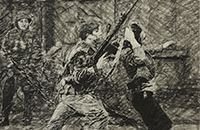
Placing London Before Derry
The city of Derry’s name is an Anglicisation of the Irish name Doire, meaning Oak Grove. It is one of the oldest inhabited areas in Ireland. It was subjected to the colonial process of plantation by the British in the 17th century. During the Plantation of Ulster, the English and Scottish s...
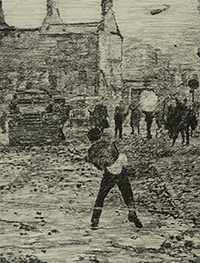
The Battle of the Bogside
Constant civil rights abuses against the Nationalist community, which constituted the majority of Derry’s population, was a major factor that led to the start of “The Troubles”. Civil rights protestors were met with violence at the hands of Loyalists and off duty members of the ...
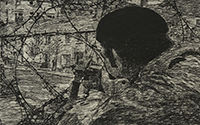
From a Colonial Point of View
In August of 1969, Britain deployed troops in Belfast and Derry to restore order following the riots. During the riots that occurred across the North of Ireland following the attacks on civil rights marchers, hundreds of homes were destroyed, about 1,800 people were displaced, and eight people we...
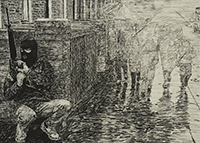
Shepherd of the Falls
IRA members conducted regular patrols through Nationalist neighbourhoods in Belfast and Derry, with the intent to protect their community from attacks by Loyalist paramilitaries, the RUC, and the British Army. The 1st Battalion, Parachute Regiment of the British Army killed eleven Nationalist civ...
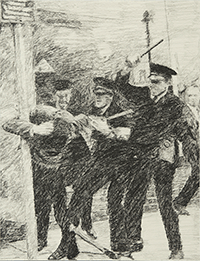
Enforcing Orange Order
Between 1922 and 2001, the Royal Ulster Constabulary (RUC) was the police force in Northern Ireland. The Special Powers Act of 1922 gave the newly formed government of Northern Ireland the ability to do nearly anything it deemed necessary to maintain order. The RUC was allowed to search without w...
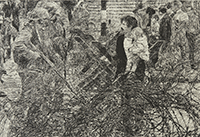
The Sectarian Solution
In August of 1969 Bombay Street in Belfast, a Nationalist area near the interface of the Falls Road area and the Unionist Shankill road area, was burned to the ground by a Loyalist mob. Taoiseach Jack Lynch condemned the RUC’s actions during the riots in Derry and Belfast on television. Lyn...
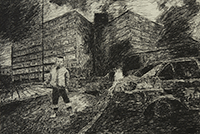
Childhood Dies in Divis
The Divis Flats complex was located near an interface area between the Nationalist Falls Road area and the Unionist Shankill area of Belfast. It was constructed to be a modernist solution to post-war housing shortages. The residents of Divis Flats came primarily from impoverished working class Na...
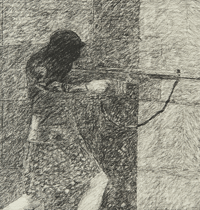
Ní Saoirse go Saoirse na mBan
Frequently the role of women in conflicts such as “The Troubles” is downplayed to limited roles such as grieving mother, young widow, or innocent victim. In Ireland, which is frequently viewed as a traditionally patriarchal culture, women have played substantial roles in the conflict ...
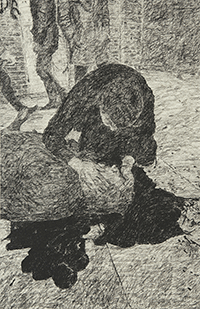
Bloody Sunday
On the 30th of January 1972, the Northern Ireland Civil Rights Association (NICRA) organised a march in protest of internment in Derry. The city was often recognised as the prime example of the inequalities the Nationalist community faced in Northern Ireland. Despite Nationalists comprising a str...
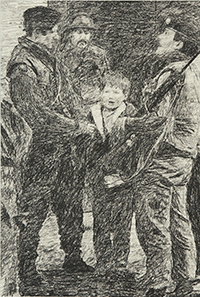
A Troubled Youth
Children and young people constitute the demographic most impacted by “The Troubles”. Between 1969 and 1998, 1,533 of those killed were under the age of 25, 257 of whom were younger than 18. Of all the casualties of “The Troubles”, about 25 percent were between age 18 and ...
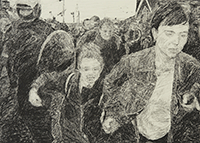
Lessons Learned in Ardoyne
In 2001 and 2002, a series of events referred to as the “Holy Cross Dispute” occurred in Ardoyne, an area in North Belfast. As the city of Belfast became increasingly segregated during “The Troubles”, fiercely territorial disputes occurred. Ardoyne is a primarily Nationali...
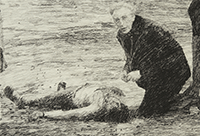
Last Rites
The British Special Air Service launched Operation Flavius, a controversial operation that ended the lives of three members of the Provisional IRA in Gibraltar on the 6th of March 1988. It was believed that the IRA members, Mairéad Farrell, Seán Savage, and Daniel McCann were planni...

